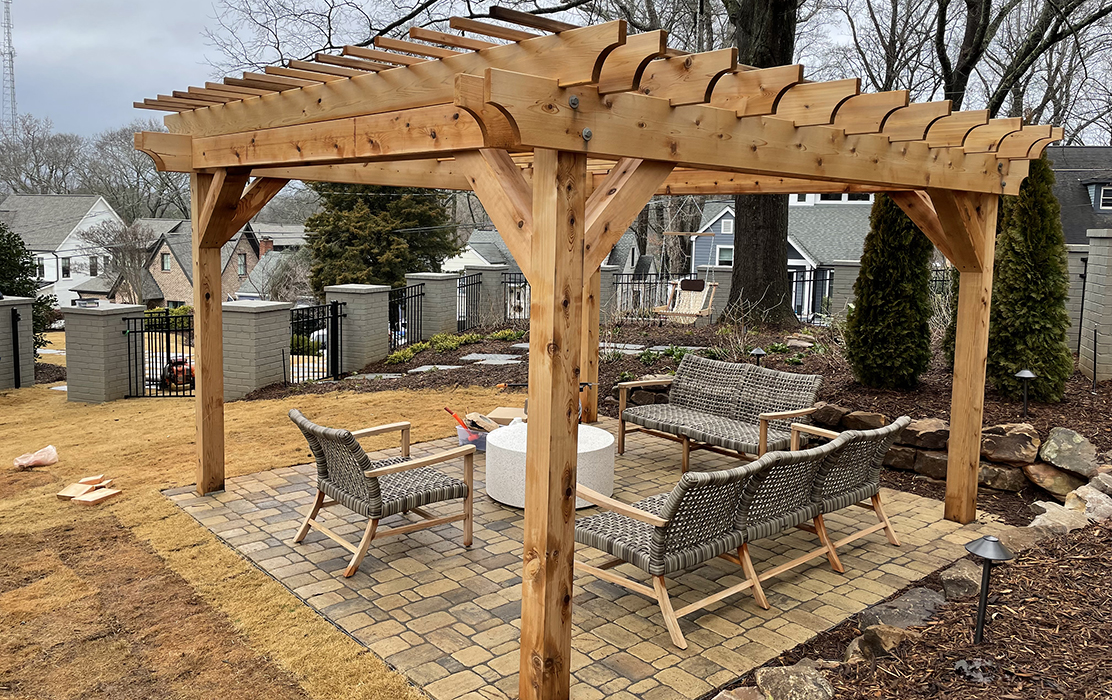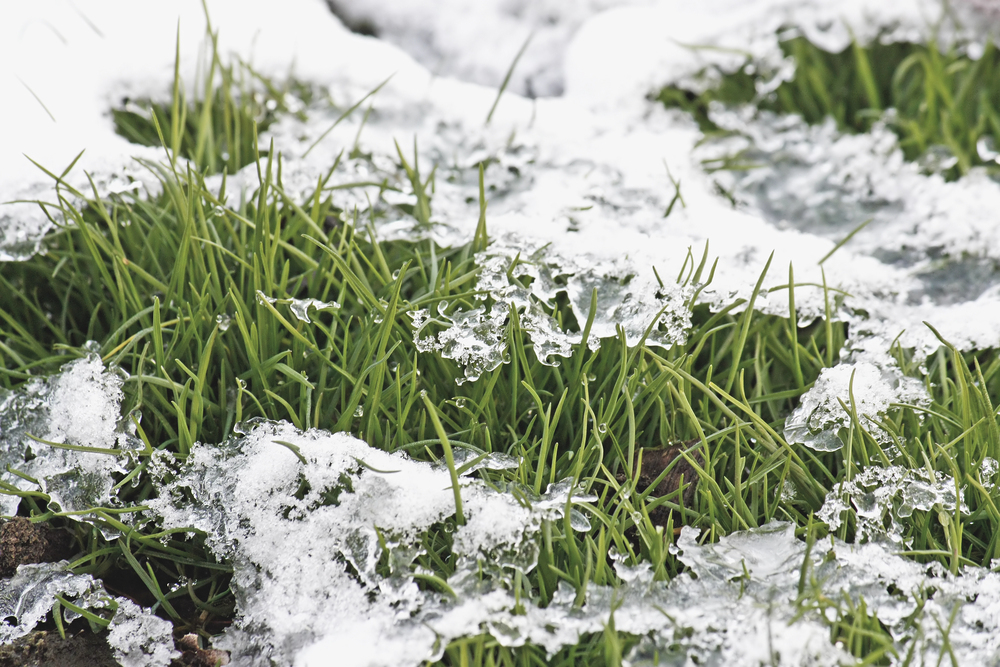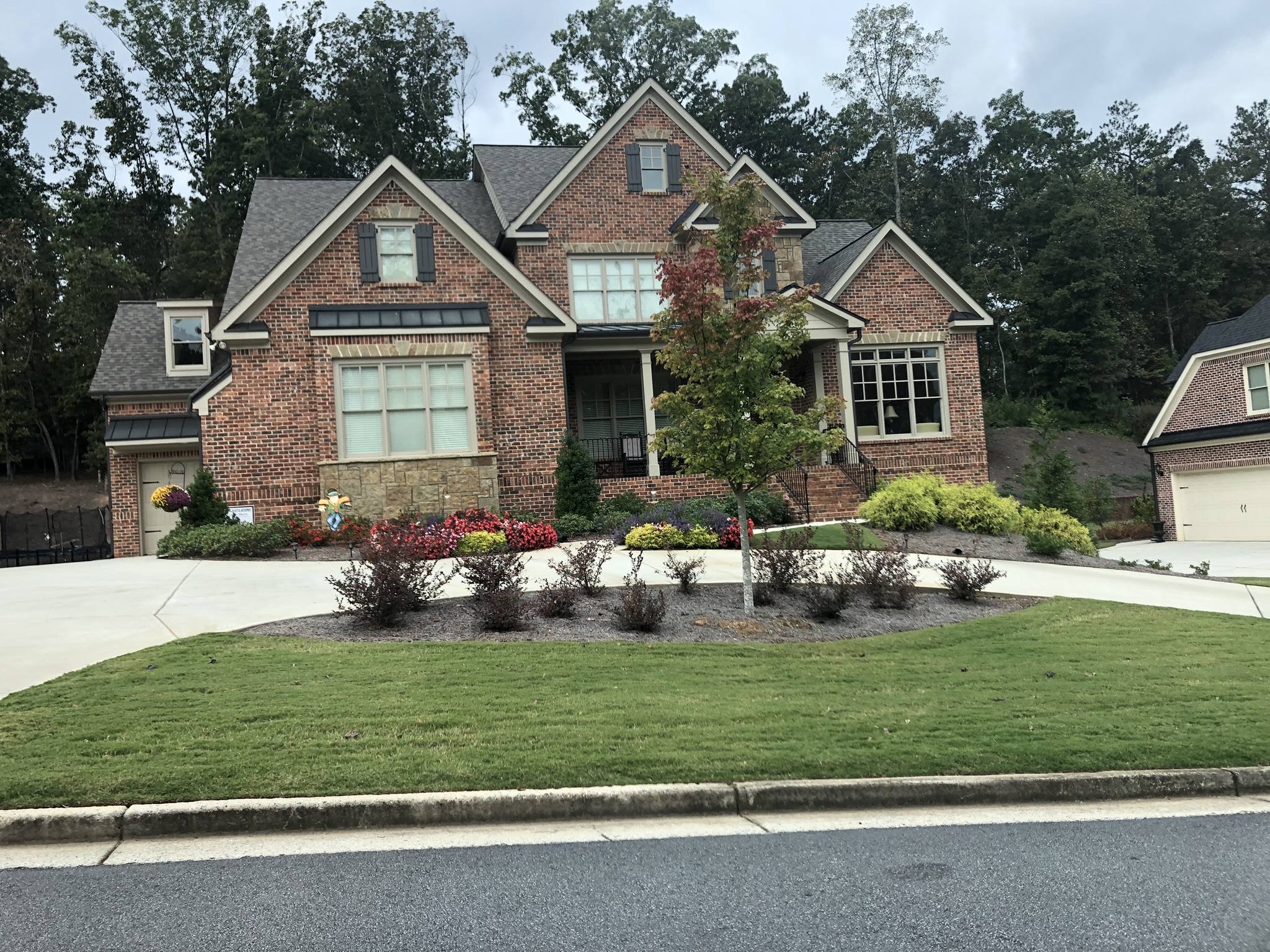Your patio is more than just an outdoor space—it’s an extension of your home. Whether you’re hosting family get-togethers, enjoying a quiet evening, or designing your dream garden, the surface you choose is vital. But when it comes to building or upgrading a patio, one debate always arises: pavers or concrete?
Both pavers and concrete have their pros and cons, which can make the decision difficult. This blog will break down all the factors homeowners should consider, from aesthetics and durability to cost, installation, and maintenance. By the end, you’ll have a clear understanding of which option is better suited for your patio project.
Understanding Pavers and Concrete
Before making a decision, it’s important to understand what sets these two options apart.
What Are Pavers?
Pavers are individual pieces made of materials like brick, concrete, or natural stone. They come in a wide variety of sizes, shapes, colors, and textures. Pavers are installed by interlocking them or setting them on a prepared base such as sand, gravel, or soil. This modular nature makes them versatile for various outdoor uses, from patios and driveways to walking paths.
What is Concrete?
Concrete, on the other hand, is a mixture of cement, water, and aggregates like sand or gravel. Poured onto a prepared base, the concrete hardens into a solid slab. Concrete patios are popular due to their smooth finish and ability to be stamped, stained, or textured for a more decorative look.
Both pavers and concrete serve as excellent options for a patio, but the major differences come down to factors like design possibilities, durability, cost, and maintenance.
Aesthetics and Design
Your patio isn’t just a functional space—it’s also part of your home’s overall design. The look of your patio is often one of the biggest factors when choosing between pavers and concrete.
Pavers
Pavers are a homeowner’s dream when it comes to customization. They come in a variety of shapes, colors, and patterns, giving you the freedom to design a patio that reflects your unique style. You can mix and match to create intricate designs, incorporate borders, or mimic the look of natural stone at a fraction of the cost.
Additionally, if individual pavers get damaged, they can be replaced without disrupting the overall look of the patio.
Concrete
Concrete is clean and modern, and its sleek surface appeals to minimalist homeowners. While it may lack the same level of customization as pavers, modern techniques like stamping, staining, and polishing can add more personality to a concrete patio. You can emulate the appearance of stone, wood, or even brick patterns using these methods.
Verdict: Pavers offer more variety and customization options, making them ideal for homeowners who want a highly personalized patio design.
Durability and Longevity
Patios endure a lot over time—foot traffic, weather, and occasional spills. Durability should be a key consideration when choosing your patio material.
Pavers
Due to their interlocking design, pavers are incredibly durable. They are less likely to crack because they can flex slightly under pressure. If one paver gets damaged, it can be easily replaced without affecting the rest of the patio.
Pavers are often more resistant to extreme temperatures and heavy rain, making them a great option for regions with drastic seasonal changes. With proper care, pavers can last over 50 years.
Concrete
Concrete, when installed correctly, is a strong and reliable option. However, it is prone to cracking over time due to weather changes or heavy loads. Unlike pavers, a cracked slab of concrete is difficult to repair—you may need to replace an entire section.
Stamped or stained concrete may also fade over time if not properly sealed or maintained.
Verdict: Pavers take the lead in terms of longevity and ease of repair, especially in areas with varied weather conditions.
Cost Analysis
Budget is often a dealbreaker for homeowners. Here’s how pavers and concrete compare in terms of cost—both upfront and over time.
Pavers
The initial cost of pavers is generally higher than concrete due to the materials and labor-intensive installation process. However, their low-maintenance nature and ability to repair individual units can save you money down the line.
On average, paver installation costs range from $15 to $30 per square foot, depending on the material and design complexity.
Concrete
Concrete is more cost-effective initially, with installation costs generally ranging from $6 to $15 per square foot. However, repairs or replacements can add significant expenses over time, especially if the slab cracks or settles unevenly.
Decorative finishes, such as stamped or stained designs, may push the costs closer to those of pavers.
Verdict: If you’re looking for an affordable short-term solution, concrete is the winner. However, pavers provide more value for long-term investments.
Environmental Impact
Sustainability is a growing concern for many homeowners, so how eco-friendly are pavers and concrete?
Pavers
Pavers are often considered the greener option. They allow water to drain naturally through joints, reducing runoff and helping replenish the groundwater supply. If made from natural stone or recycled materials, pavers can further lower your environmental footprint.
Concrete
While concrete is durable, its production process has a significant carbon footprint. Additionally, traditional concrete patios do not allow for water drainage, contributing to potential runoff issues.
Verdict: Pavers are generally more environmentally friendly due to their permeability and sustainable manufacturing options.
Installation Process
Both options have their own set of challenges and requirements during installation.
Pavers
Paver installation involves preparing a stable base and meticulously placing each unit, which can be labor-intensive and time-consuming. While it can be a DIY project with the right tools, professional installation is usually recommended for complex designs.
Concrete
Concrete is quicker to install since it involves pouring and leveling the material before it hardens. However, proper installation requires expertise to avoid issues like uneven settling or cracking.
Verdict: Concrete has a faster installation process, but pavers offer flexibility for those willing to take on a more involved project.
Maintenance and Repair
Keeping your patio in top condition means understanding its maintenance requirements and repair options.
Pavers
Individual pavers are easy to replace, and cleaning typically involves sweeping and occasional power washing. However, weeds and grass can grow between the joints, requiring some upkeep.
Concrete
Concrete patios need to be sealed every few years to maintain their appearance and durability. Repairs can be complicated and expensive, especially if cracks spread across the slab.
Verdict: Pavers require less costly repairs and are easier to maintain overall.
Making the Right Choice for Your Patio
Both pavers and concrete have their strengths and weaknesses, so the right choice ultimately depends on your priorities.
- Choose Pavers if you value customization, durability, and long-term savings with lower maintenance.
- Choose Concrete if you’re looking for a sleek, cost-effective, and quickly installed option.
Still undecided? Consider consulting a professional like Meadows Landscapes to evaluate your specific needs, climate, and budget. Whichever you choose, your patio will be the foundation of years of enjoyment and great memories.



